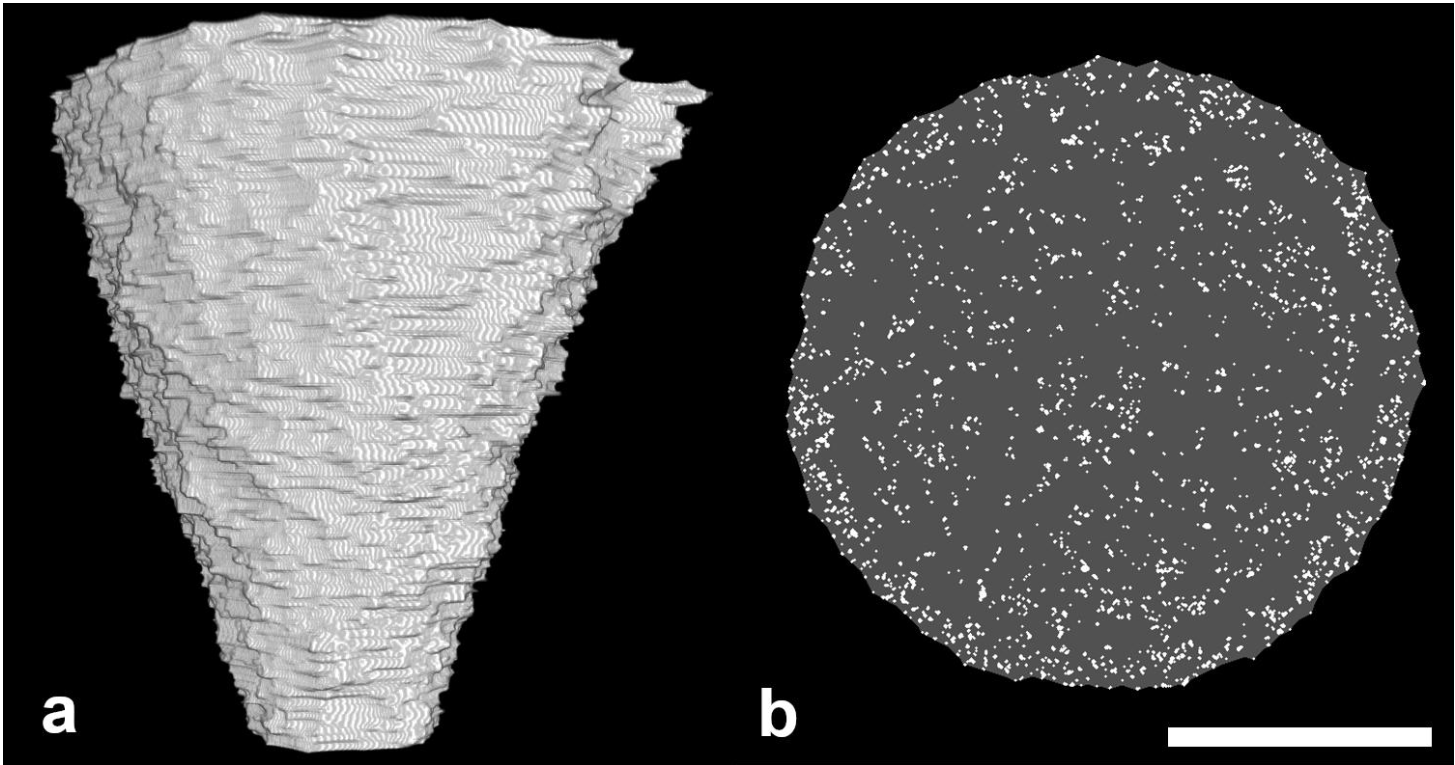AntScan

Introduction
We explore the intricate world of army ant bivouacs using a custom-built Computed Tomography (CT) scanner. These self-assembling structures, formed by interconnected ants, have been challenging to study due to their delicate nature, but our innovative approach has allowed for detailed internal investigations.
Method
CT Scanner & Experimentation
We developed a specialized CT scanner and installed it in Panama, where we collected Eciton burchellii army ant colonies. The scanner helped observe the self-assembly process of bivouacs, creating 3D reconstructions to study their growth in volume and the number of ants.
Results and Discussion
Our findings reveal that bivouacs are complex structures with a dense outer shell and a less dense interior. The load supported by individual ants is consistent throughout the bivouac, suggesting that the bivouac’s size is not limited by the individual ants’ load-supporting capacity but by the number of available ants. The bivouacs maintain distinguishable morphological regions and achieve an equal distribution of carried loads, circumventing upper size limits.
Conclusion
This study has provided unprecedented insights into the growth and internal structure of army ant bivouacs, offering valuable inspiration for designing large-scale artificial self-assembling systems in various fields. The findings suggest a remarkable level of organization and adaptability in these constantly reconfiguring structures.




